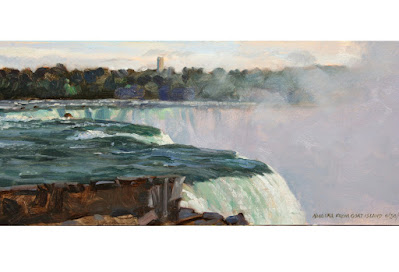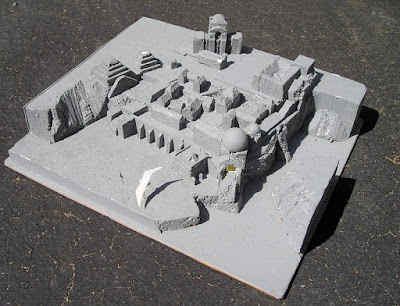Illustrator
Saul Tepper (New York City, 1899-1987) hunted throughout the city for amateur models to pose for his illustrations. One time, as a deadline approached for a painting of a lumberjack, he entered a cafe, where he saw "a man of the proper features, sitting alone."
"Saul approached him," recalled illustrator Mason Combs, "explained the situation and presented his card, telling the potential model to be at the studio at 10:00 the next morning. The man took the card without conversation. The next morning he appeared, posed, and before leaving asked when the illustration would appear."
"A week after the issue hit the newsstands, the man reappeared at the studio. He told Saul that he had been sitting in the cafe, having decided to put the .38 he carried to his head and end it all. He had left his wife and family in his hometown upstate, lost his job, and been on a binge when Saul arrived on the scene."
"Once the
Saturday Evening Post illustration came out, everyone in the man's hometown recognized him; his job was offered back; he was reunited with his family; and he became a town celebrity. Yes, Tepper touched many people's lives."
This story is part of a
new book on Saul Tepper produced by The Illustrated Press. The book continues the series of monographs on Golden Age masters such as
Dean Cornwell and
Tom Lovell. The short introductory biographical essay by Dan Zimmer covers Tepper's career and his painting methods, and then the rest of the book is devoted to high quality color reproductions, mostly from the original art.
---
The Art of Saul Tepper hardback, 224 pages, $44.95























































